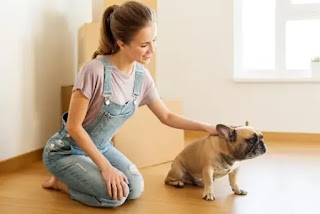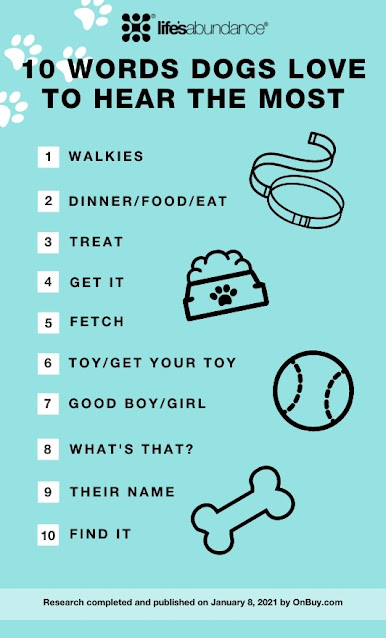Everything You Need To Know About Urine Marking
Courtesy of the Life's Abundance Blog post 1/8/21
Dogs mark their territory outside as a way of communication. Think of it like social media. Each time your pup stops and sniffs, they’re learning about the dog that was in that spot before. Then, your dog might pass over it or urinate in that same area to claim that territory as their own. However, if your dog is marking inside your home, there could be a multitude of reasons as to why.
Reasons Your Dog Is Marking Inside
One of the biggest reasons your pup might be marking inside is due to stress or anxiety. This includes leaving them home alone, unsupervised. Dogs can start to feel lonely and stressed which leads to this unwanted behavior. Sometimes, even stressful situations outside, such as seeing another dog, can result in urinating in the house. This can happen when dogs hold off on marking outside because they don’t want to announce their presence, therefore leading to an accident inside.
Another reason your furry friend might be marking is because of a change in routine. This could be anything, such as moving to a new home. This unfamiliar atmosphere could cause them to mark inside, essentially claiming it as their own. Even something as simple as rearranging your furniture can stress them out and cause a change in behavior. What about when you have guests over? Have you noticed a change in marking habits? Having someone out of the ordinary staying over can also trigger marking. Dogs are basically telling your guests that any object that is in their house is theirs.
The presence of other furry friends in the house could be another reason why your dog might be marking. Your pup might see the others as competition and will mark inside the house to show who is the “pack leader” in their home. They may also urinate when they are competing for your attention, toys, treats or food. This can be very stressful for insecure dogs leading them to mark to relieve this stress.
Sometimes, lack of training could simply be mistaken for urine marking. This is especially common among puppies and small dogs. You’ll know if your pup is properly house trained if they are not having accidents for about 1-3 months. You may want to talk with your vet to rule out incontinence in an older dog.
How To Stop Your Dog From Marking:
- Supervise your dog at all times. If you have to leave, confine your pup to a smaller area so they are not free to roam. You can use a gate or a crate (if they are crate trained) to keep them in the area.
- Dogs are less likely urinate where they eat so consider moving their food and water to spots where they frequently mark. You can even put their treats in those same areas so they associate it with snacks rather than marking.
- If your dog does mark, clean the area with a Biodeodorizer. This will break up the proteins that are in urine so they aren’t tempted to mark in the same spot over and over again. Even better, this spray has a neutral pH with no harsh chemicals so it’s safe to use around your pets and kids.
- Some dogs continue to mark out of habit. If you notice that your pup frequently marks outside as well, gently pull him away each time they try to urinate after they’ve already relieved themselves. This could help stop the habit that continues inside.
- If none of these seem to work for your dog’s marking, talk to your vet, a behaviorist or professional trainer. If your dog is urinating due to anxiety or stress, confidence-boosting exercises may make a difference. Or, if they have an underlying UTI, medication may be needed to help. Pay attention to your dog’s habits. If they start exhibiting behaviors that are out of the ordinary, it is best to talk first to your vet to rule out any medical conditions.
- Whatever you do, do not punish your dog when they mark, especially if you don't see it happen. Dogs will not associate their urinating with the punishment which can only cause confusion. If you catch them in the moment, distract them from the action. Then, immediately take your pup outside so they know to only urinate outdoors.
If you found this interesting, check out these related stories:


























